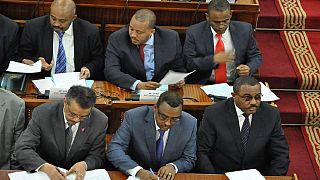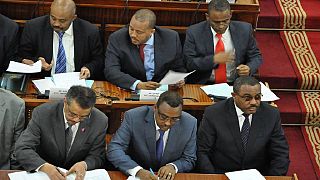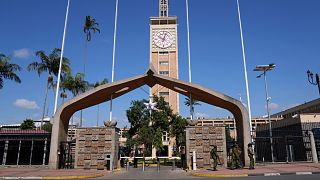Ethiopia
Ethiopia’s parliament on Friday voted to lift a state of emergency imposed since October last year. It was imposed to quell spreading anti-government protests in the country.
Originally imposed for a six-month period, the state of emergency is in its tenth month after it was extended by four months upon the first expiration in March 2017.
October 2016: Ethiopia declares 6 month state of emergency over anti-government protests
Breaking: Ethiopia lifts #StateofEmergency first imposed in Oct. 2016 for six months and extended by four more months in March! pic.twitter.com/ebjnIV0Cz3
— Addis Standard (@addisstandard) August 4, 2017
Ethiopia: A year after protests started – Timeline of events [1]
Since January 2016 the human rights situation in Ethiopia has stagnated according to a Human Rights Watch reports which said security forces have killed more than 500 people during protests over the course of 2016.
The government reported mass arrests of persons believed to be behind the protests, some have been released after training whiles others have been arraigned before the courts on offences of destroying private and public property.
The Command Post administering the curfew has reported that relative peace has returned to the country, consequent to which most stinging restrictions under the state of emergency were lifted.
The United States and the United Kingdom maintained their travel advisories for Ethiopia even though some European countries have lifted theirs with the ‘return to peace.’














Go to video
Kenya set to surpass Ethiopia as East Africa’s largest economy in 2025 – IMF
Go to video
Who will be the next pope? A look at potential candidates
Go to video
Ethiopians mark Easter with calls for peace and love amid ongoing conflict
Go to video
Nigerian Court finds club and football federation negligent of Chineme Martins’ death
Go to video
Lt. Gen. Tadesse Werede named the new interim president of the Tigray region
Go to video
Dozens dead, homes destroyed in flooding in the DR Congo capital